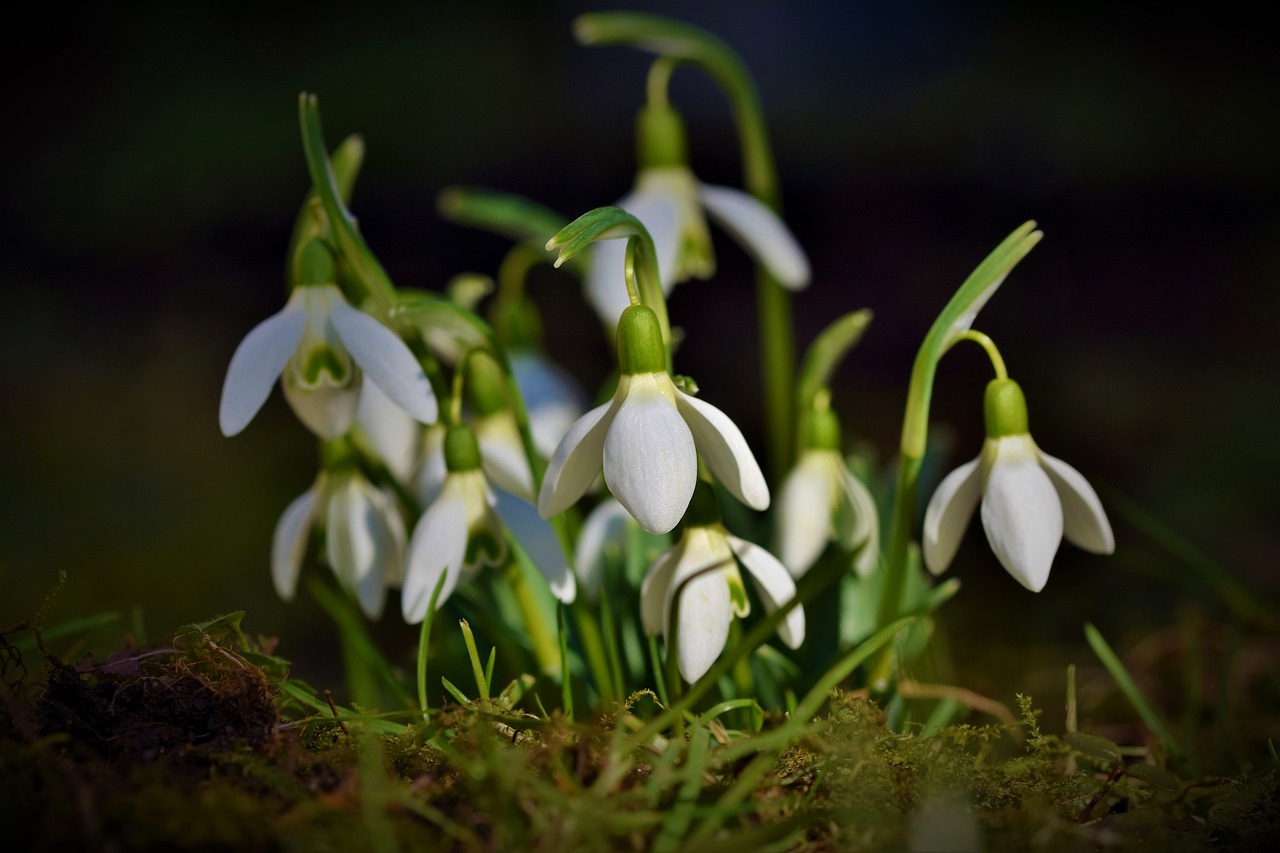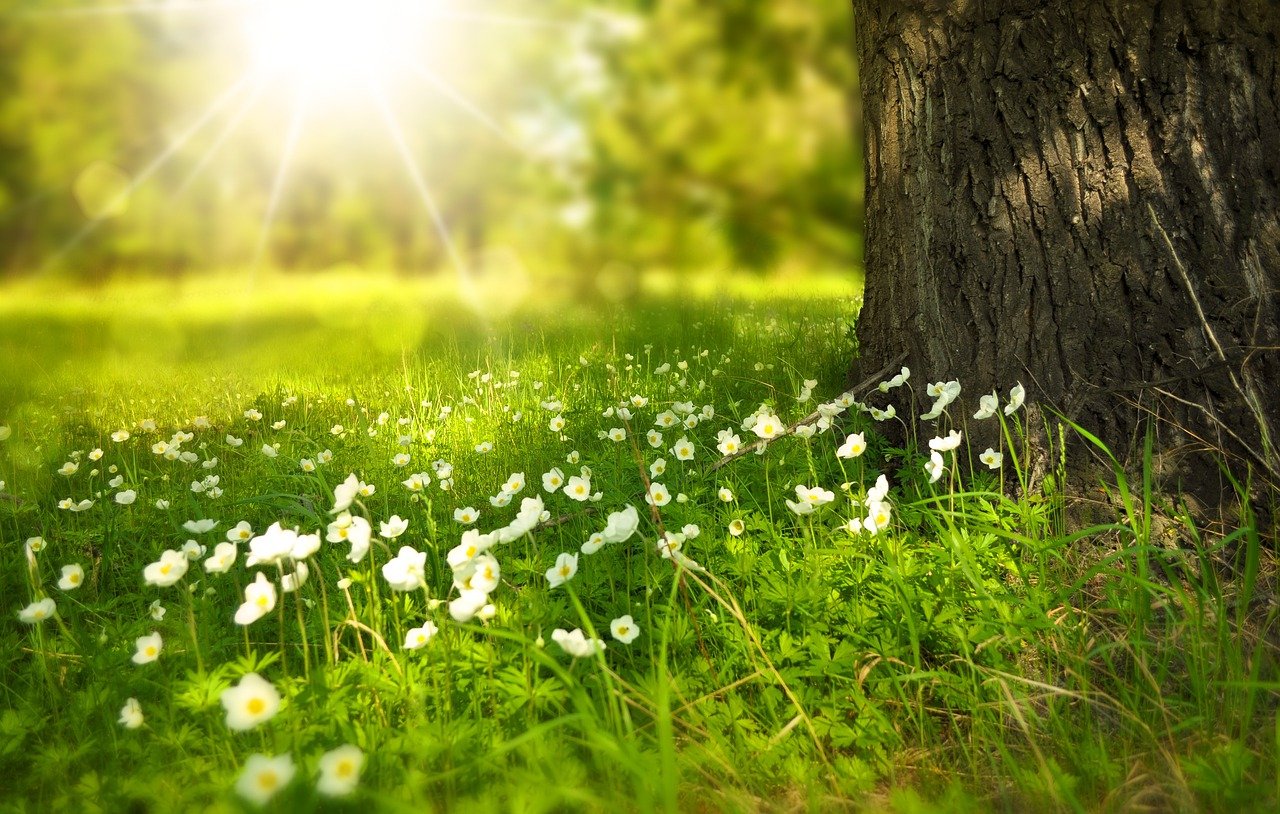Thomas Jefferson Loved This 15-Year Producing Organic Crop
Asparagus is a very healthy food; in addition to folic acid, it provides plenty of potassium, fiber, thiamine, and the vitamins A, C, and B6. It’s also low in sodium, making it great for people with hypertension, or high blood pressure.
The History of Asparagus as a Food Source
Asparagus officinalis has been cultivated and enjoyed for thousands of years. According to the Michigan Asparagus Advisory Board, it was domesticated in 200 B.C. by the Macedonians. The Romans were so enamored of it that they dedicated a fleet to deliver it.
It’s thought that the British brought it to the colonies where it found a welcome home. Thomas Jefferson, in addition to being one of America’s greatest statesmen and author of the U.S. Declaration of Independence, was also an avid horticulturist and grew it in his Monticello gardens.
Why Grow it in the Garden Instead of Buying it at the Grocery Store?
- Economics is the primary reason for most people. With the current economic downturn, people are looking for ways to save money. This is one of the “expensive” items in the produce department. Randy Lemmon (GardenLine radio show, KTRH AM, Houston) has been mentioning this. There’s no sense growing the cheap stuff.
- Buying the crowns to plant is a one-time issue. It’s not unheard of for an asparagus patch to produce a crop for up to 15 years! Not bad for a one-time investment.
- It ensures reaping an organic food crop, if desired. The residential farmer regulates soil composition, the fertilization schedule, and garden pest control.
How to Set Up the Farm
It’s easy to plant in either a conventional or a raised bed vegetable garden. It’s a good idea to prepare the soil a good 2 weeks prior to planting to allow the soil to rest.
This plant likes sandy well-drained soil in full sun. It also prefers a high pH; the Michigan Asparagus Advisory Board recommends 7.0. Adding lime to the soil will raise the numbers. Adding in some compost is a good soil amendment.
Buy the crowns at a reputable plant nursery; they won’t be found in Home Depot’s garden center. They need to be planted in trenches 8 to 10 inches deep. There should be a minimum of 4 feet between adjacent trenches.
Harvesting an Asparagus Crop
It’s not recommended to harvest the first year. Instead, the spears that emerge will turn into attractive fern-like plants, eventually developing red “berries”.
Spears may be taken the following season by either cutting or snapping just at or below the surface. The crowns will yield spears for an average of 2 months beginning each spring. Since they can be picked at intervals ranging from each day to every 5 days, a fresh supply is ready for the table almost continuously during the season.
When harvesting is done for the season, allow the ferns and berries to grow. This process “recharges” the crowns for the next year. Finally, when all the ferns have turned brown, cut them down and spread some compost on the garden






